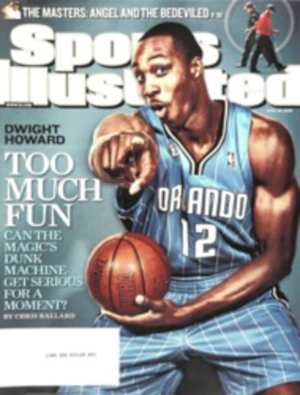
Payroll Call
MAJOR LEAGUE BASEBALL'S Opening Day payroll this year—$2,655,395,194 total for the 30 clubs—was $31 million less than in 2008, a 1.2% drop and only the third year-to-year decline since the 1994 strike. Don't cry for the poor players, though, until you check out the chart below: When the '08 salary figures are converted to '09 dollars using the Consumer Price Index, the players as a group have more buying power now than they did last year. At the same time, while it would appear that the total annual payroll tripled from 1994 to 2009, when those numbers are adjusted for inflation the players' buying power merely doubled.
[The following text appears within a chart. Please see hardcopy or PDF for actual chart.]
MLB ANNUAL PAYROLL
MLB ANNUAL PAYROLL IN 2009 DOLLARS
BILLIONS
$3.0
$2.5
$2.0
$1.5
$1.0
$0.5
1995
With teams bracing for an attendance decline (and shorter schedule) after the 232-day strike, total payroll declined slightly, down $2.5 million to $882 million.
1999
After the '98 home run derby boosted attendance to a record 70.6 million, total payroll rose $234.6 million the next season, to $1.44 billion, with the average player salary jumping 19.4%—the biggest yearly poststrike increase.
2004
After three straight years of declining attendance, payroll was cut back a total of $56.9 million; it was also the second year of a new collective bargaining agreement, which introduced the luxury tax and increased revenue sharing.
2009
The total payroll drops, but deflation in the second half of last year means players' purchasing power has increased slightly, from $2.648 billion in '08 to $2.655 billion.
1994
'95
'96
'97
'98
'99
'2000
'01
'02
'03
'04
'05
'06
'07
'08
'09
PHOTO ILLUSTRATION
PHOTO ILLUSTRATION BY SI IMAGING, NEW YORK DAILY NEWS (RUTH), IMAGE SOURCE/CORBIS (BAG OF MONEY)
PHOTO
CHART

